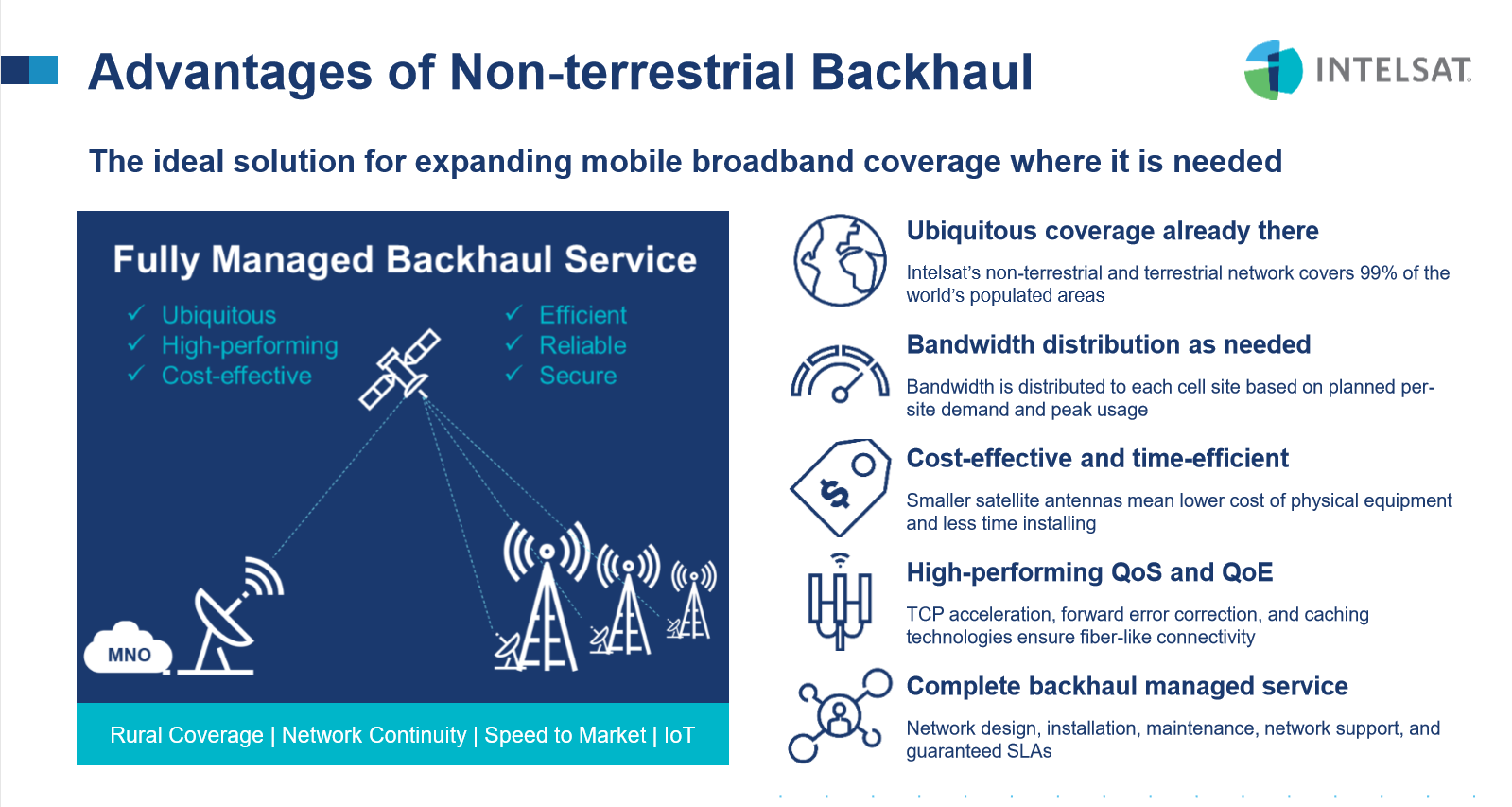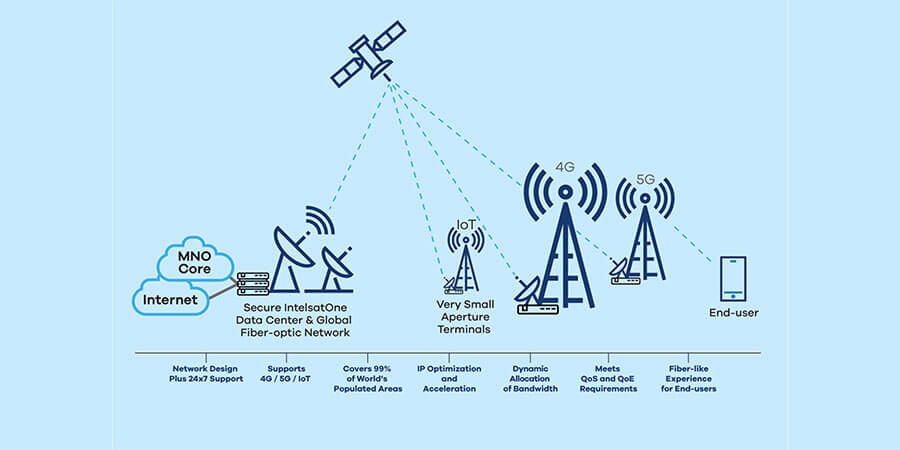By, Todd Cotts, Intelsat senior principal product marketing manager, mobile network operators
The Buckeye Hills Regional Council recently surveyed people living in a mountainous region of the United States and found that between 80% to 90% of households didn’t have broadband access.
Multiply those findings for every rural area across the U.S. Then multiply them again for all of the other rural areas in the world. That’s a lot of people excluded from the socio-economic benefits of internet connectivity. In fact, today, roughly half the world’s population lacks basic internet access, many of them in rural and remote areas.
During the global pandemic this digital divide has taken center stage. With so many people trying to work and learn from home, it has become abundantly clear that expanding access to connectivity must be a priority for not only policymakers, but also the private sector.
Opportunities for mobile operators
Rural communities lacking broadband connectivity represent a large portion of the population, and that represents an opportunity for mobile network operators (MNOs).
But taking advantage of this opportunity has proven challenging. MNOs looking to expand coverage into rural areas often struggle to justify doing so because of the high cost and low return on investment.
To connect multiple sites across large rural geographic areas, fiber backhaul must be run to each cell site. Just 10 miles of fiber backhaul can cost around $186,000; when factoring in multiple rural cell sites, the costs quickly add up. Additionally, it can take up to a year to run 10 miles of fiber to a rural cell site.
Using microwave backhaul for connecting cell sites in these rural areas is also challenging. One complete microwave relay system can cost an average of $70,000. The investment further increases when factoring in multiple hops required over long distances or around obstacles, such as mountains.
The case for satellite backhaul
Satellite technology offers many advantages to MNOs looking for a faster, more cost-efficient means of backhauling 4G and 5G coverage to rural and remote areas.
For starters, geostationary satellite networks enable MNOs to backhaul as many cell sites as needed, wherever they are needed, without the topographical constraints or long lead times typical of terrestrial backhaul approaches. Instead of taking up to a year or more to connect rural cell sites using terrestrial backhaul, sites can be connected by satellite to an MNO’s core network in a matter of weeks.
Satellite networks can also dynamically distribute a single pool of capacity across an entire network of rural sites based on planned per-site demand, while meeting quality-of-service requirements. As a result, the cost of satellite capacity is also dynamically distributed across the entire network of sites.
Advances in satellite technology also mean smaller, less costly satellite antennas as well as high-performing satellite modems, ensuring an optimal digital experience for end users.
For decades, satellite-based backhaul solutions have supported MNOs in connecting the unconnected by enabling rapid and cost-effective network expansion. And today, satellite backhaul managed services can help to cost-effectively expand 4G or 5G mobile broadband coverage to everyone.

Caption: satellite backhaul managed services, like those offered by Intelsat, can help to cost-effectively expand 4G or 5G mobile broadband coverage.










